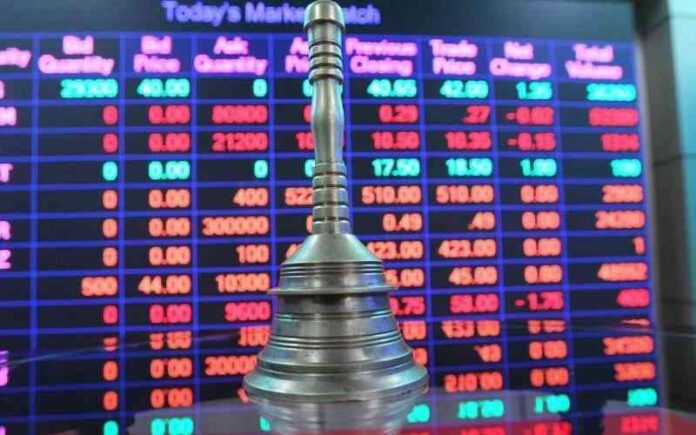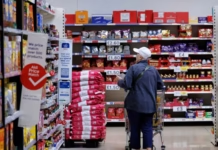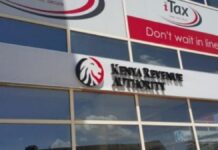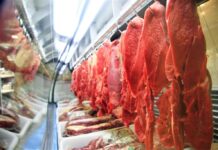The Nairobi Securities Exchange closed marginally lower today as cautious investors trimmed their positions ahead of the upcoming corporate earnings season.
The NSE All-Share Index (NASI) edged down 0.23 percent to 157.50 points, while the NSE 20 Share Index shed 0.31percent to 1,947.72 points, signalling profit-taking in large-cap counters that have rallied in recent weeks.
Market capitalisation dipped to Ksh2.45 trillion from Ksh2.46 trillion, reflecting a muted trading session dominated by selective selling.
Turnover stood at Ksh472 million, down from Ksh603 million the previous day, with shares traded falling to 15.1 million from 18.3 million, pointing to thinning liquidity as investors await financial results from top-tier companies.
Safaricom remained the most active counter, moving 5.2 million shares at an average ofKsh16.20, followed by Equity Group, which traded 3.1 million shares at Ksh47.80, but both closed slightly lower.
KCB Group and EABL also registered declines, pulling the indices down, although Co-operative Bank and NCBA posted modest gains on renewed local investor interest as banking stocks remain attractive on dividend expectations.
Among gainers, Centum advanced 4.5 percent, Crown Paints rose 3.2 percent, and Eveready added 2.9 percent, driven by speculative retail interest. On the losing side, Longhorn Publishers dropped 6.1 percent, Eveready shed 5.8 percent, and WPP-ScanGroup slid 4.7 percent, reversing prior gains.
Market analysts say the slight downturn reflects a wait-and-see approach as traders position for half-year earnings guidance expected from listed banks and blue-chip firms over the coming weeks.
Foreign investors were net sellers for the second straight session, accounting for 55 percent of total activity, mainly exiting Safaricom and EABL to lock in gains.
Bourse strategists expect subdued trading in the near term unless positive earnings surprises trigger fresh buying.
While year-to-date returns remain positive, supported by easing inflation and shilling stability, sentiment is likely to stay cautious until corporate profitability trends become clearer.
Written By Ian Maleve



















